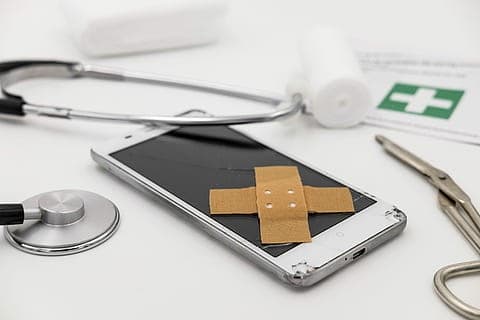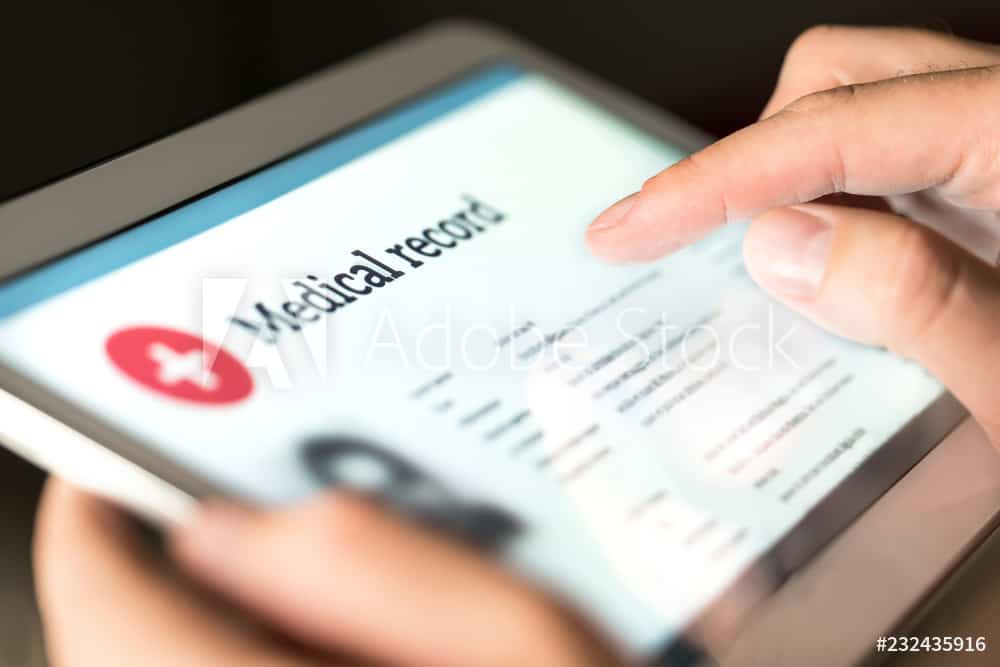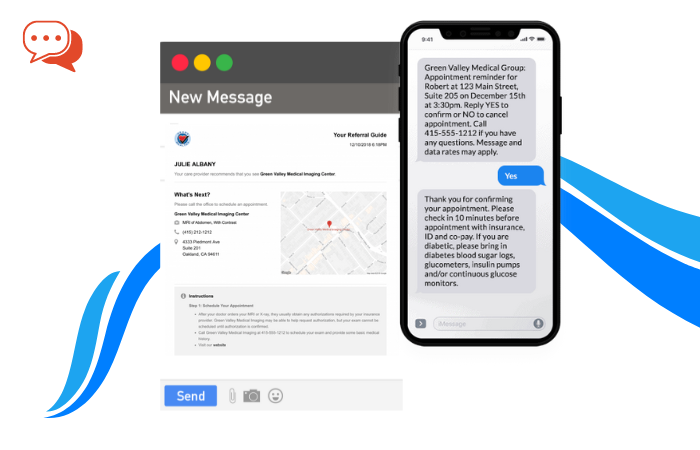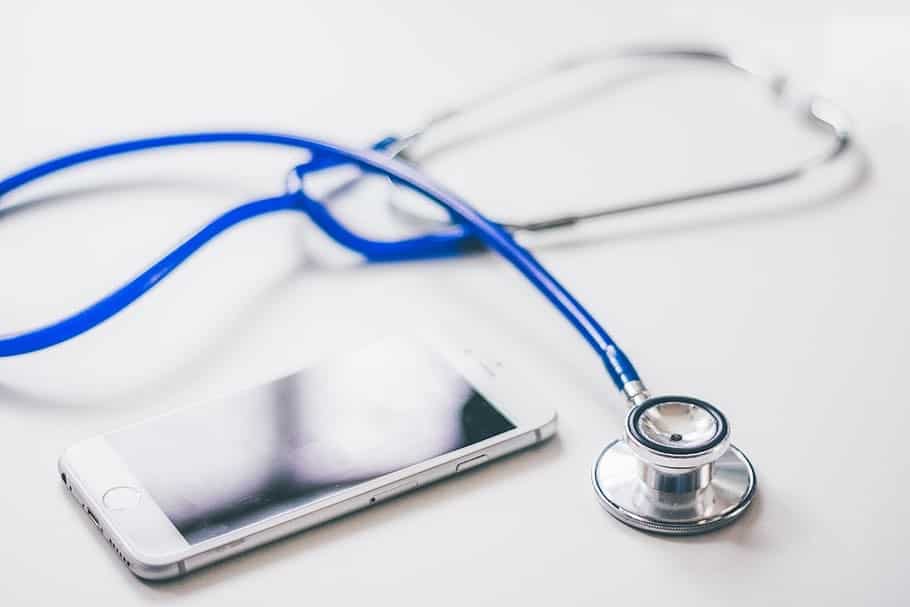
More than 1.2 billion people are now connected to the mobile web via smartphones or tablets, and that number is growing faster than any other consumer trend ever recorded. Consider these facts: 85% of adults in the U.S. have a cell phone. Of this pool, more than 45 % of these adults have used their phones to search for health information, according to a new Pew Internet Survey. The convergence of mobile technology with an evolving healthcare delivery system presents the healthcare professional with a unique opportunity or a brick wall, depending on your point of view. How important is text messaging to healthcare, and does it improve the patient experience?
I prefer to look at the unique opportunity ahead; the healthcare professional with a clear and well-thought-out mobile strategy can connect and engage their patients in new and compelling ways. The mystical goal of the perfect patient experience is becoming increasingly attainable.
Tailor Patients’ Engagement First
Engaging patients in a way that the patient communicates in his or her daily life is the most effective way to gain their trust and build credibility. Tailoring engagement methods to the patient naturally leads to higher patient satisfaction scores.
Responsive Web Design
Almost all healthcare providers have websites that advertise locations and services. However, these sites are largely not optimized for smartphones. If you think of most healthcare websites as big electronic brochures with no ability to interact with the patient, then you understand their inherent weaknesses. When a patient surfs the web for information about healthcare providers on his smartphone, these websites sometimes take as long as five minutes to load and present on the device.
Useful Content
Other industries have studied consumer behavior at length, and they know that when a website is visited, the host has exactly ten seconds to deliver information before the consumer surfs away to another site! Given the higher importance of healthcare compared to other topics individuals might search on the internet, it is not unreasonable to assume that the window of time may be even shorter for healthcare providers online.
Presentation Style
Further problems originate in the presentation style. When the provider websites finally load, the fonts are so small that the person has to enlarge the page to read it. They then have to try to figure out where the information is on the part of the page they can see. This leads to frustration and discontent.
Picture this patient experience instead: the patient makes an appointment to see the doctor. Two days before the appointment, they receive an email or text with details specific to their appointment info; this is presented on their smartphone in a large, easy-to-read format, optimized for the smartphone. In this presentation, there are directions to your office, pictures of the facility, information on where to park, what to bring, what to expect, etc. The patient receives a reminder text message on the day of the appointment. Then, the day after their appointment, they receive, again, after-care instructions, including reminders and cautions, via their smartphone. This will be a happy, satisfied, and well-cared-for patient!
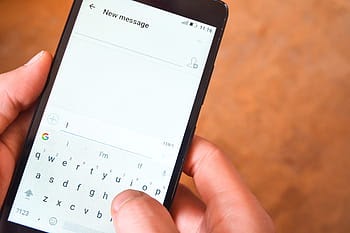
Text Messaging
Once the healthcare practice has established a good relationship with your patients, text messaging becomes normal. It is an easy and simple way to communicate, especially when the medical office needs to share brief messages. There is only one downfall – the potential for HIPAA violations.
To avoid liability, the medical or dental office needs to treat text messaging patients differently from regular text messaging.
When using text messages to patients:
- Text non-urgent messages only. Urgent messages should be communicated directly with the patient either over the phone or face to face.
- Use encrypted or password-protected devices only.
- Obtain patient consent to send text messages and inform the patient about the messaging practices and policy of the medical office.
- Audit and monitor text messaging practices in order to maintain compliance with HIPAA and other state, federal and local laws.
- Avoid the use of protected health information (PHI). The use of PHI in text messages could be a potential breach of privacy and security.
Benefits of Text Messaging
When text messaging is conducted properly, the medical office is capable of achieving its goals and experience several benefits.
- Eliminate making hundreds of phone calls
- An easy and simple marketing tool
- Speedy process for connecting with patients
- Another step towards establishing a paper-free medical office
- Aids in greater efficiency for the medical office staff
Cases to Send a Text Message
Texting Reminders
Text messaging patient appointments and procedure reminders is a great method of reaching out to patients prior to their appointments. Patients understand the importance of keeping their appointments, but life happens, and sometimes they fail to include their appointments in their daily schedule.
This is not only a great way of supporting our patients, but it also helps reduce patient no-shows. No shows not only throw off the schedule but also affect the financial goals of the medical office. When a patient fails to show up or cancels an appointment at the last minute, this results in lost revenue for the medical office.
When patients don’t give notice, their appointment time is now a vacant slot in which no revenue is being generated. Holes in the schedule should be unacceptable.
Another great reminder that the medical office must consider text messaging patients are medication reminders. Medication reminders are especially beneficial to patients with chronic illnesses that could face a serious medical setback. Adhering to medication regimens are necessary for the physician to effectively manage their patients’ treatment.
Texting Notifications
The use of texting can also be used to send patient notifications regarding health and wellness. These notifications can inform patients that labs or other tests are available from their doctor’s office or on their online patient portal.
These notifications can also notify patients of other information that is specific to the patient, including reminders to schedule an appointment for their upcoming annual visit, follow up appointments, or to get a flu shot or other immunizations. This is yet another great example of ways the medical office can generate additional revenue. When a patient receives these notifications, they are more likely to schedule that next appointment
Texting Educational Messages
Text messaging educational messages encourage and assist patients in leading healthier lives. These could be general health and wellness or specific to the patient’s health status. General health and wellness educational messages may include reminders for patients to check their blood sugar, get tested or screened for sexually transmitted diseases, and exercise or healthy eating tips.
Educational messages could also be used to inform patients of office hours, inclement weather policy, collections policy, office locations, and hours of operation. Keeping patients educated about your practice is not only great customer service, but it also leads to patient retention.
Wrapping Up
The “consumerization “of healthcare is a reality that will relentlessly advance. The good news is that the technology that created this new standard also creates the solution. If you are flummoxed by this, ask yourself this question: do I have a mobile engagement strategy? If you do not know that you can acquire this essential tool for a modest investment—the future is here! Healthcare providers can have clearer, more frequent interchanges with patients without adding staff or overhead.
Mobile is not just another channel of communication; it has become the most important channel for patient experience and engagement.
